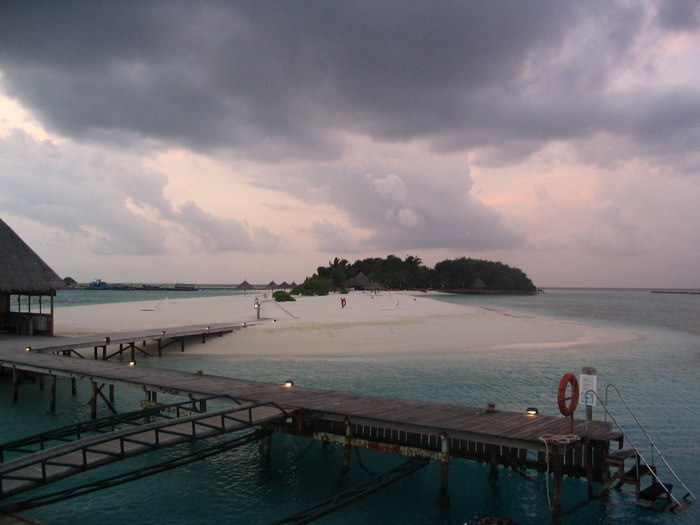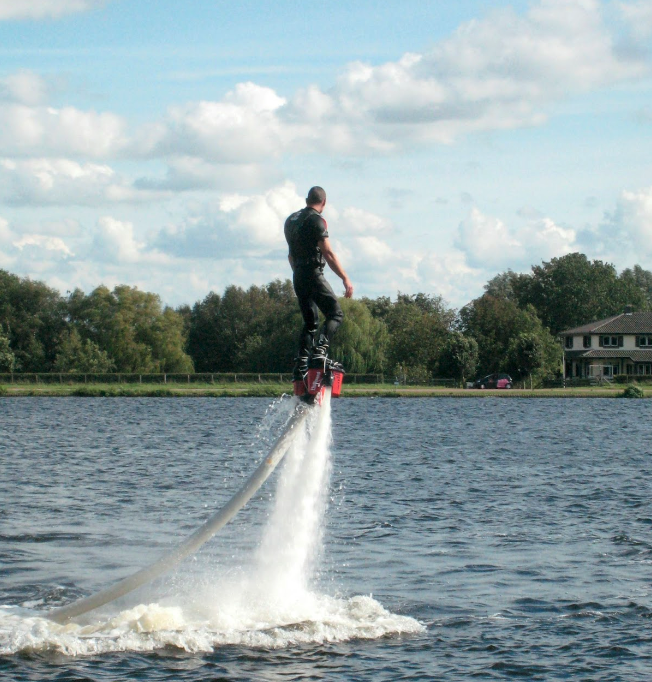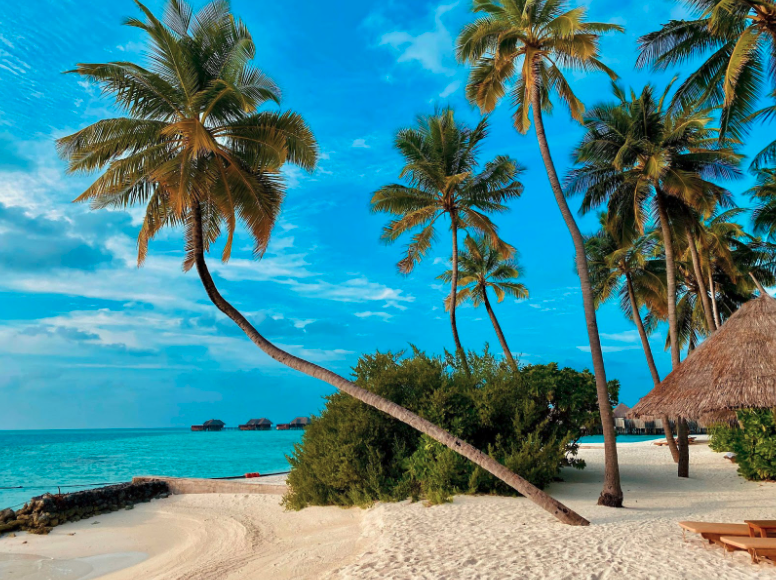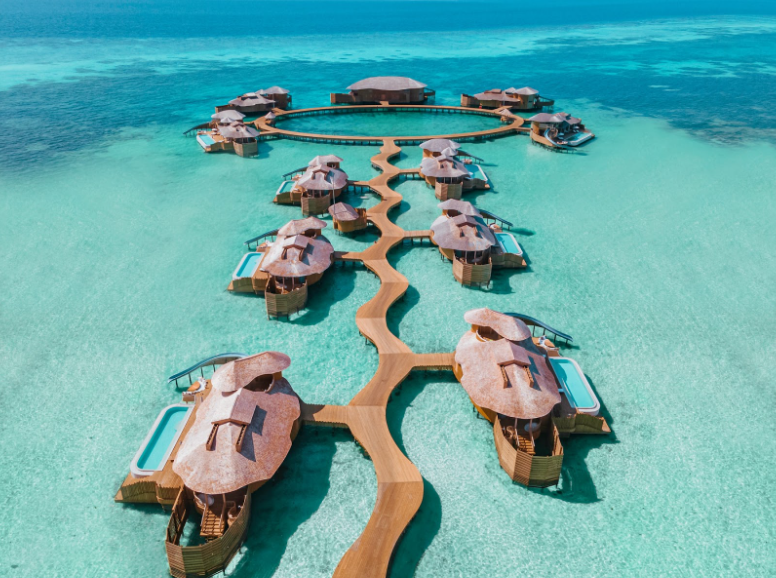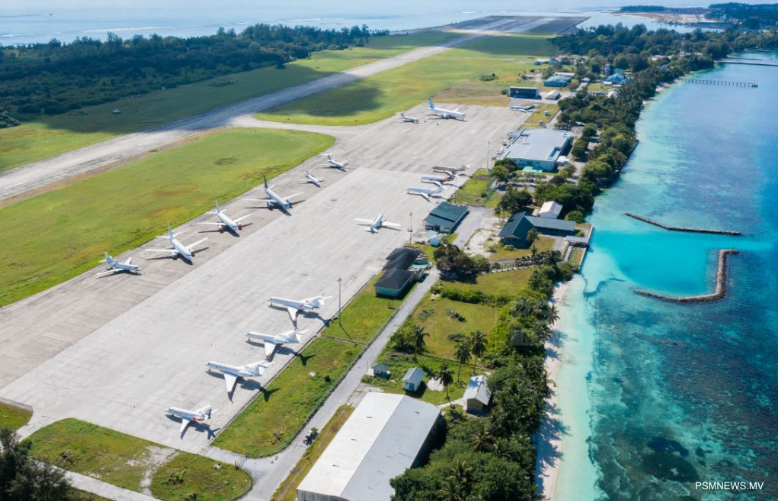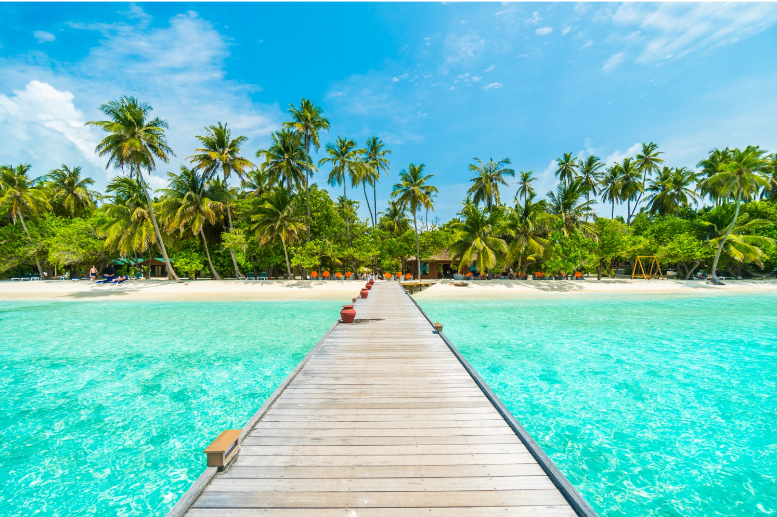Lying close to the equator and within the doldrums, the Maldives rarely experiences any severe weather events. However, the world famous holiday destination has two distinct monsoons (seasons) a year that shape the prevailing weather patterns. The monsoons which dictate the weather in the archipelago are characterised not by heavy rain, as is often assumed, but by their winds, which blow consistently and reverse their direction seasonally.
The South-West Monsoon, or Hulhangu as it is called in local Dhivehi language, runs from May to October, while the North-East Monsoon, or in the local language Iruvai, runs from December to March each year, with the months of November and April acting as transitional periods of change in between.
Beware the rough sea!
After a hotter than average North-East Monsoon, Maldivians are relieved to have a bit of rain. But with the welcome change in temperature comes challenges; heavy showers, rough seas and strong winds. In the South-West Monsoon, the Maldives weather becomes very versatile and can change in a few minutes. Skies become dark, strong rains can follow a beautiful sunny morning and wind gusts can reach up to 50 Knts (approximately 90 km/h) for hours.
These dark, rainy and very windy periods can be very short, but they can also continue for a few days and be immediately replaced by idyllic weather conditions.
This year as well, the Maldives Meteorological Service (MET) warned that heavy rains, strong winds and rough seas would continue in north and central Maldives for the most part of the monsoon period. Winds in north and central Maldives reached 15 to 25 miles per hour, while wind speeds in other areas stood at eight to 18 miles per hour.
Diving: choose the western side
You must have heard that the best time to visit the Maldives is during the North-Eat Monsoon, when the weather is dry with clear skies and calm seas. But if you are planning to visit the Maldives for a summer getaway, go ahead and book your holiday. Even during the South-West Monsoon, the Maldives rarely experiences extreme weather conditions.
Diving in the Maldives is generally good all year round, but underwater visibility, water temperatures and marine life changes depending on the season. During the rainy season (May to October), the western side of an atoll is better for scuba diving. Make sure you select your resort accommodation accordingly.
If the prevailing wind is coming from south-west and your resort is on the south-western side of the atoll, you will experience the worst of it or best of it depending on what you want. Villas located over the water can actually shudder when the wind and waves are strong. So it may pay to try to get a room on the eastern side of the island, but then you give up the sunset view. Storms are not common.
For diving, this is not necessarily a bad thing. While the weather can be bad and the winds strong, the wind is also creating the current to a certain extent. While it is impossible to dive the outside channels when the wind is very strong, the days after can be exhilarating or terrifying to some.
Diving at the western side of the atoll during the South-West Monsoon, you will experience predominantly incoming currents. This means the water is rising from the deep ocean and flowing into the shallow atoll. Visibility is generally better, water slightly cooler with better chances to see pelagic. Visibility can be 50 metres on a sunny calm day with a good incoming current.
Get up close with manta rays
From June to October, you have the opportunity to get up close and personal with majestic manta rays. During this time of the year, a combination of South-West Monsoon currents and lunar tides bring large quantities of planktonic shrimp (mantas’ favourite food) to various sites around resorts across the country, attracting large numbers of manta rays.
Several resorts offer special manta packages, including the Four Seasons Resort Maldives at Landaa Giraavaru in the UNESCO Biosphere Reserve of Baa atoll.
Manta rays with wing-like pectoral fins that stretch to a length of 13 to 15 feet (4 to 4.5 metres) move gracefully through the water while feeding with their enormous mouths. Having one of the largest comparable brain sizes of any marine animal makes them highly curious, resulting in some very close snorkelling encounters.
Swim with whale sharks
Over the years, the Maldives has maintained its position as one of the few destinations in the world for whale shark sightings.
Whale sharks, the largest fish in the world, are year round residents of the Maldives, tending to favour the western side of the Indian Ocean archipelago from May to December, then heading to the east until April.
There are two main whale shark sighting spots in the nation. The first is the well-known UNESCO Biosphere Reserve of Hanifaru Bay in Baa atoll, while the second is the marine protected area off the coast of Maamigili island in Alif Dhaal atoll, also known as South Ari atoll. The latter in particular is considered a special zone as whale shark sightings take place all year round, unlike Hanifaru Bay where sightings occur in the southwest monsoon.
Sightings of whale sharks have sparked a distinct brand of tourism, luring countless tourists that make brief sojourns to the island nation solely for the pleasure of sighting these majestic creatures. Several resorts and guesthouses in South Ari Atoll and Baa atoll organise expert-led excursions that allow guests to dive and snorkel with these creatures.
Don’t forget; almost every resort in the Maldives has a special offer with hefty discounts and a host of other complimentary benefits too. So you have every reason to take some time off even during the monsoon period and visit the paradise islands for a much needed getaway to blow off some steam.
And when the rain clouds have cleared, you get to see one of the most stunning sunsets you will ever experience in the Maldives if not in your lifetime!
The Maldives reopened to international visitors on July 15, with travellers being offered free 30-day tourist visas upon arrival in the country. Many airlines have now resumed or will restart flights to Male, offering connections to and from destinations such as Doha, Dubai, Colombo, Hong Kong, Singapore, Mumbai, Istanbul, London, Zurich and Frankfurt. To book your holiday in paradise directly with the resort of your choice, visit www.madlymaldives.com.

